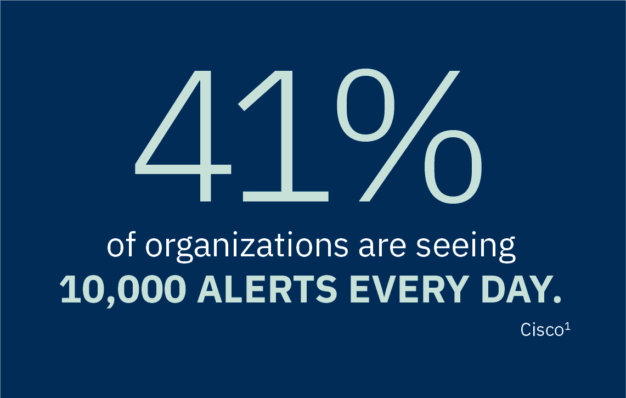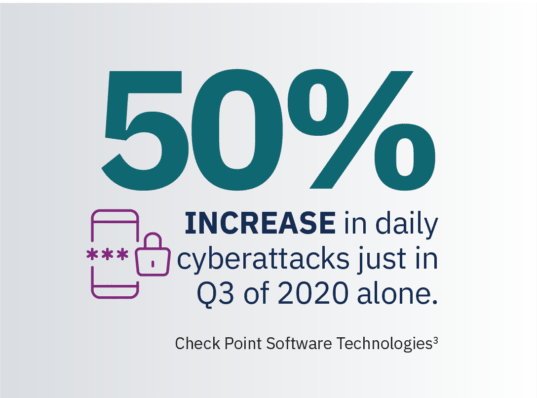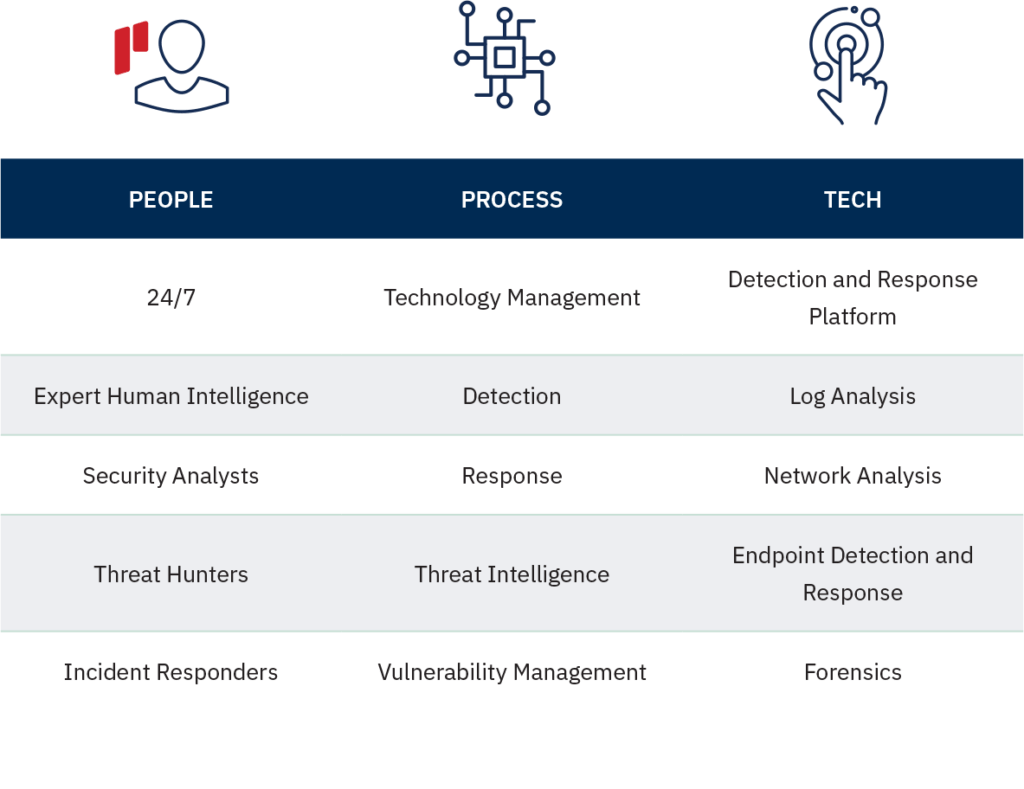Why You Should Consider MDR Over MSSPs and SIEMs
Pondurance March 17, 2021
It is no surprise that cyberattacks affect companies of all sizes, and the average cost of a data breach can reach upward of $3.8 million. In addition, a global pandemic disrupted businesses and forced them to adapt to a remote working model. This opened up a multitude of avenues for attackers to penetrate. For many IT and security teams, this widened the visibility gap, leaving more activity undetected. For customers with security solutions in place, this created an increase in alerts from disparate tools, making it harder to investigate every warning. As a result, companies are turning to managed detection and response (MDR) services to mitigate threats to keep up with these and other changing business needs. Learn the differences between MDR vs MSSP vs SIEM and how you can benefit from changing your service.

Cost and Limited Resources
Organizations find it expensive and challenging to build an internal security operations center (SOC), and we are starting to see more companies leverage MDR services. Threat actors continue to evolve their techniques, rendering many tools designed to stop phishing attacks or ransomware ineffective.
Managed security service providers (MSSPs) and SIEMs do not close the detection and response gap because they will only provide a backlog of alerts for you to investigate. This makes your situation worse by leaving you short-handed as your staff spends more time investigating alerts — many of which are false positives.

Core Components of a Holistic MDR Solution
Leveraging technology to detect and respond to real-time threats backed by human intelligence is essential to stop an attack. Although many vendors have started using the term MDR to describe their managed security offerings, these offerings vary dramatically. There are some core components that a holistic MDR solution should focus on across people, processes, and technology.
A holistic MDR acts as a remote SOC that provides you with 24/7 coverage, along with vulnerability management and threat hunting capabilities. Even if you are leveraging other tools, it is essential that your MDR provider integrates with your existing security technology and your organization’s policies and procedures.
Notifying you of threats is only part of the solution. An MDR must encompass incident response and remediation capabilities to minimize losses and provide the guidance required to prevent future incidents. This includes valuable insight into your company’s threat landscape and custom reports.

When searching for a provider that fits your organization’s needs, the right MDR provider will align seamlessly with your current security protocols. Actively hunting and identifying threats across your endpoints, networks, cloud infrastructure, and access management tools is critical to protecting your business and customers in a world of uncertainty. Learn more about selecting an MDR provider in our webinar Demystifying MDR for the Security Conscious Buyer.

Monique Becenti
Product Marketing Manager | Pondurance
Monique is a Product Marketing Manager and has worked in cybersecurity roles for more than 5 years. Prior to joining Pondurance, Monique worked with Truyo powered by Intel®, specializing in data privacy rights automation and consent management and was a product and channel marketing specialist at SiteLock. Monique has a passion for cybersecurity and leveraging her knowledge to create better experiences for consumers and businesses throughout their customer journey. Outside of cybersecurity, Monique loves photography and taking pictures of the beautiful Arizona sunsets and landscape.
